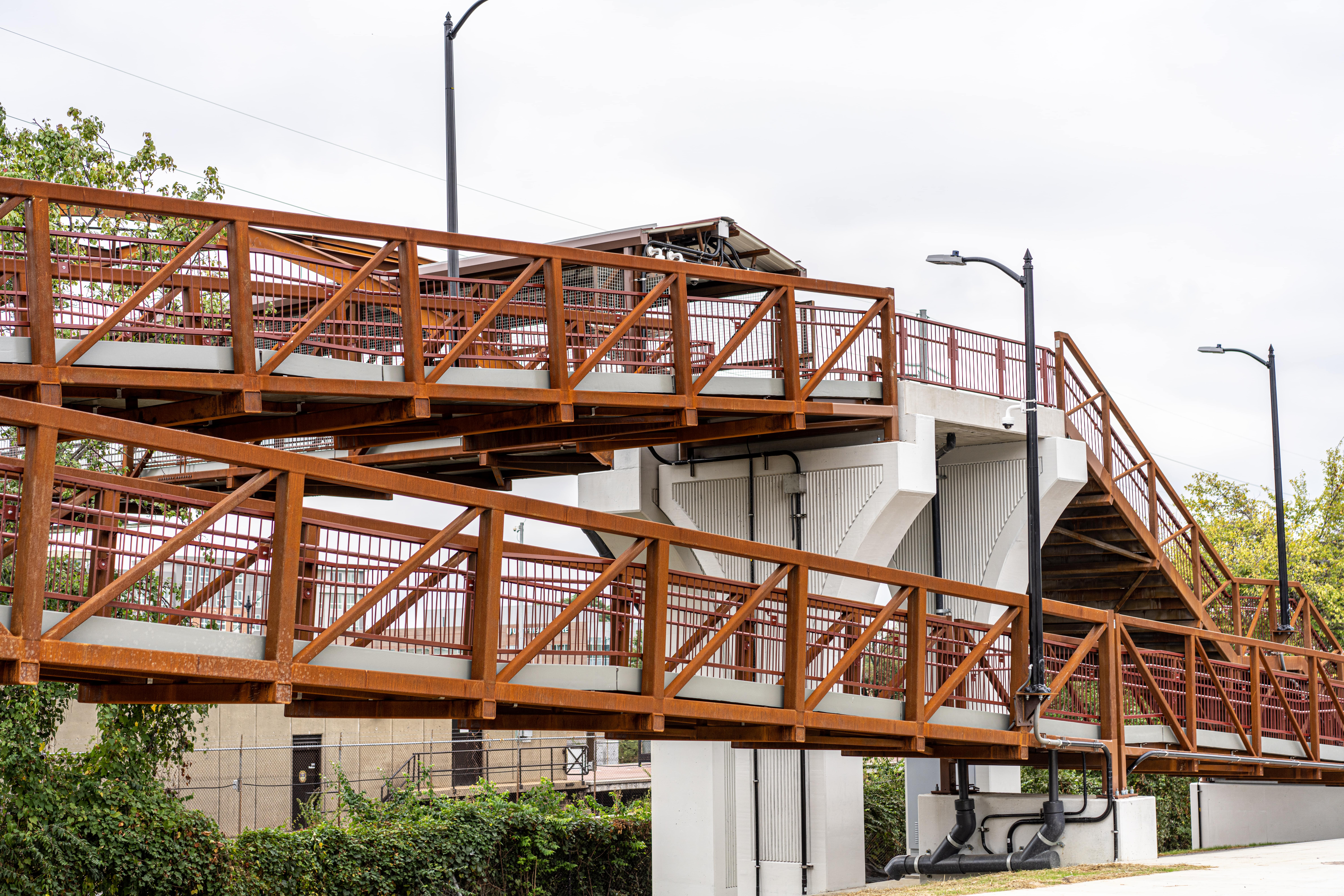
There’s good news and bad news ahead for the Federal Transit Administration (FTA) when it comes to how 2018 budget dollars will be divvied up. Since more than 10.2 billion trips were taken on U.S. public transit last year, Americans should be paying attention.
First, a word about the FTA. The government agency provides financial and technical assistance to more than 1,000 local public transit systems that operate buses, subways, light rail, commuter rail, trolleys and ferries. The agency also oversees transit safety measures and conducts next-generation technology research.
Currently, the FTA invests approximately $12 billion annually to support and expand transit services. Many of these funds help modernize public transportation networks and extend service to underserved small cities and rural communities.
To support American transportation, the Fiscal Year 2018 President’s Budget request includes:
- $110.8 million and 501 FTE support to support core operation expenses
- $9.7 billion and 20 FTE to provide grants that support transit capital investment in repair, safety, planning, research, workforce development and bus and rail car purchases and maintenance
- $1.2 billion for construction of major capital projects
- $149.7 million for Washington Metropolitan Area Transit Authority safety and maintenance backlogs. The funding would continue a 10-year $3 billion capital improvement program matched by local and state support.
- $1.05 billion to invest in railroad safety oversight and programs that advance rail safety and the long-term economic growth of the country. Safety objectives like the railroad’s compliance with the implementation of positive train control and improvement of automated track inspection totals $199 million.
- $39.1 million in research and development requests
- $25.9 million to reduce repair backlogs on publicly-owned or Amtrak-owned infrastructure. On the Northeast Corridor alone, a backlog of more than $38 billion has accumulated. Projects include 13 major bridges and tunnels earmarked for replacement.
In May, President Trump announced federal aid cuts to long-distance Amtrak service, along with plans to limit money to help expand transit lines and build new ones. The President's plan calls for eliminating all federal funding to Amtrak’s national network and $499 million in cuts to the Transportation Investment Generating Economic Recovery (TIGER) grant program, which funds passenger rail. The Federal Transit Administration’s “New Starts” Capital Investment Program has been earmarked for the largest cut - $2.3 billion.
Cuts in Amtrak funding are expected to drop the Federal Railroad Administration (FRA) budget from $1.7 billion to $1.05 billion. Amtrak grants have been cut nearly 45 percent, including approximately $289 million in subsidies for Amtrak's long-distance train routes. The budget document calls long distance trains “a vestige of when train service was the only viable transcontinental transportation option. Today communities are served by an expansive aviation, interstate highway, and intercity bus network.”
The budget office says “long-distance trains account for the greatest amount of Amtrak's operating losses, serve relatively small populations, and have the worst on-time record." Instead, the budget proposal calls for some $1.5 billion to be funneled into the Northeast Corridor.
The Northeast Corridor “faces many challenges, and the 2018 Budget proposal would allow Amtrak to right-size itself and more adequately focus on these pressing issues,” the budget document says. In addition, FRA funding for redevelopment of Penn Station in New York is cut 64 percent, from $14 million to $5 million.
Despite proposed budget cuts a number of rail projects are underway across the country. In addition, the budget supports the use of cost efficient solutions like FRP. Stay tuned for our next blog, where we’ll discuss some of these projects and how FRP’s advantages make it attractive for cost savings in important areas like maintenance.

